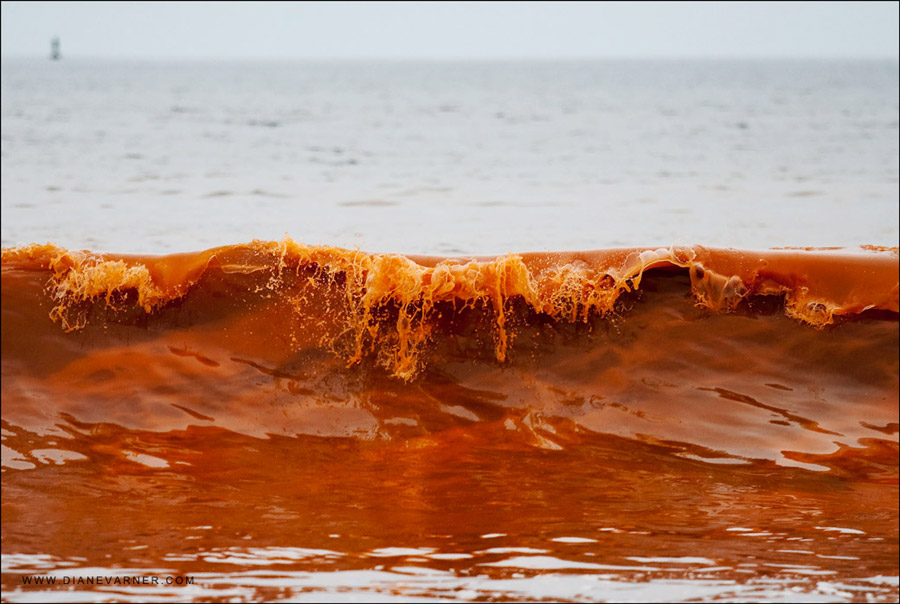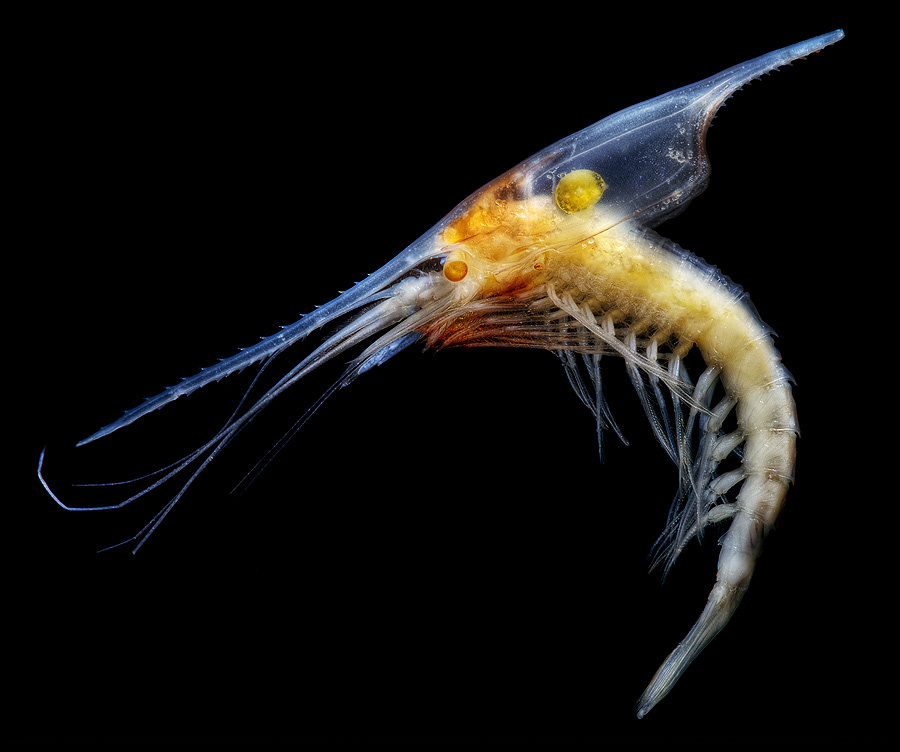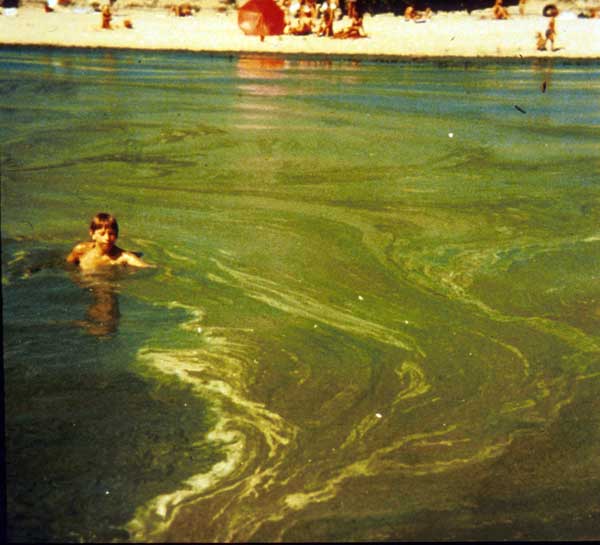What are Squid?
| Kingdom: | Animalia |
| Phylum: | Mollusca |
| Class: | Cephlapoda |
Order: Teuthida
Squid are a type of cephlapods and there are around 300 species of squid. Squid have a distinct head, a mantle and arms. Squid have eight arms arranged in pairs and two longer tentacles that are used for hunting. Squid are strong swimmers and certain species can "fly" for short distances out of the water.
All bout squid and their body:
- Fin= These help squid change direction when they're swimming
- Mantle= This is the main part of the body; all the organs are inside here.
- Eye= Squids have well developed eye that allows them to see about as well as people.
- Arm= Squid have 8 arms that are covered in suction cups.
- Pen= The squid is related to other "shelled": animals like clams and snails. The pen is all that is left of the shell the squid's ancestors had.
- Suction cups= The suction cups help the squid hold onto food.
- Chromatophores= These spots change size to change the squid's color for camouflage or possibly communication.
| Squid fin |
| Arms |
| Pen |
| Chromatophores |
6 interesting facts about squid:
- The earliest known ancestor of today’s squid is Kimberella, a tiny mollusk that looked like a jellyfish and lived about 555 million years ago.
- Some ink that excretes from a squid can cause euphoria; a sensation in the human brain.
- Tiny deep sea squid known as Heteroteuthis can shoot out a cloud of light when frightened This squid's nickname is "fire shooter". It can do this by a process of bioluminescence.
- The largest species of squid is the Humboldt Squid which can grow up to 90 feet long (or so thought; hint hint, monster quest video). These squid are often found practicing cannibalism.
- Some squid have the capability of turning themselves blood-red. They do this because the wavelength of this color does not travel far underwater so they can become practically invisible.
- Squid have a very unique trait among them. Squid have three hearts.
All about our lab dissecting squid:
The most interesting thing i did in our lab was puncturing the eye-ball. It started spewing blood and red-orange liquid everywhere. It was disgusting but cool at the same time.
The most disgusting thing was the way the surface of the body felt. It was all slimy and "gooey". I washed my hands at least four times after the experiment because every time i rubbed my hands together, i felt the nasty ooze feeling on my hands.
What i really liked about the lab was that we (my group and everyone else) were free to do what we wanted during the dissection. We weren't instructed by anyone to do anything really specific. We had free time to do what we wanted and it was a great learning experience. What i didn't like very much was that we didn't have much time to inspect and study the squid. We had less than 30 minutes to do the experiment and it would've been nice to have a bit longer; maybe close to an hour.
The only thing i would change would probably be the disposal of the squid. I felt really bad just throwing away all that juicy, meaty, "yumminess" in the garbage. Next time, have the class cook some of the squid. That way it is not wasted. Yum!























